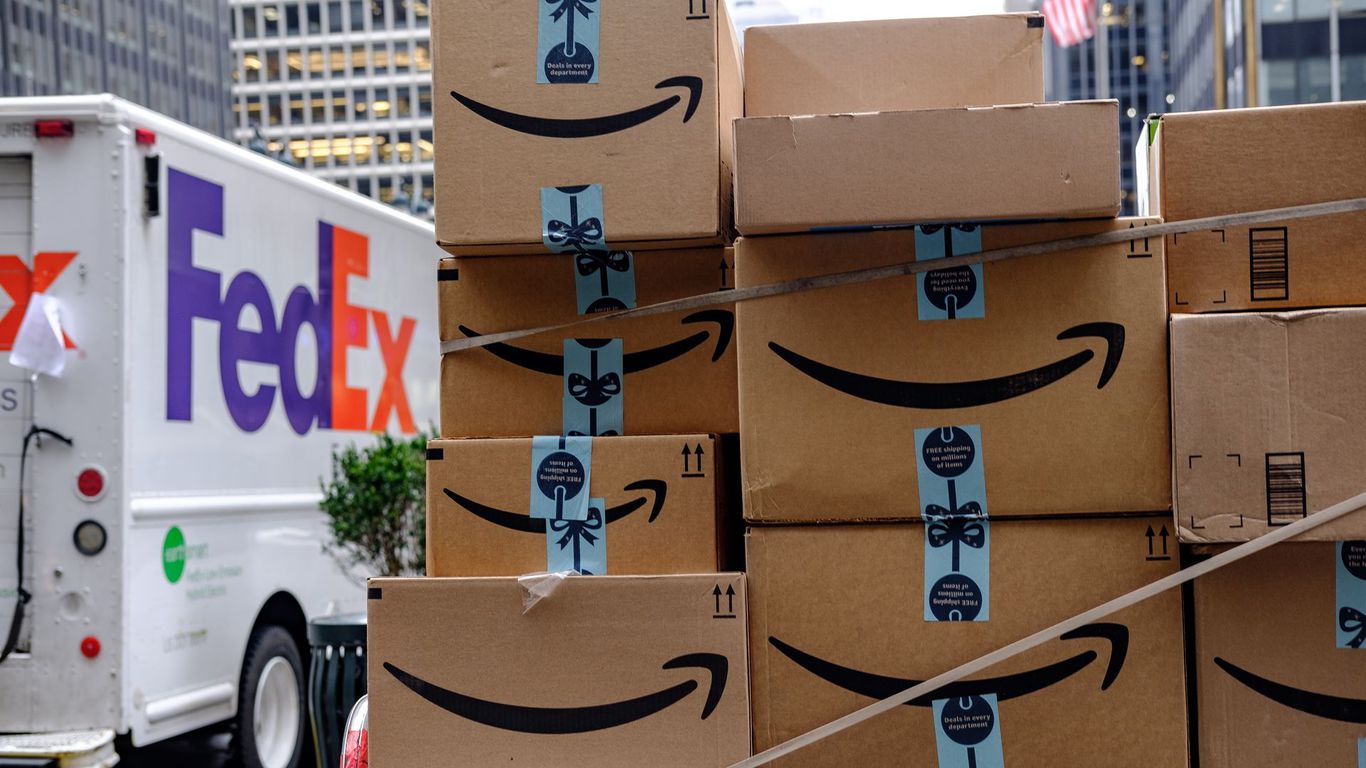Returning unwanted gifts this holiday season is becoming so expensive for retailers that they just might let customers keep the products — and issue refunds anyway.
Why it matters: The cost of online returns is soaring, contributing to increased prices, product shortages and supply chain stress.
The big picture: Returning a $50 item is expected to cost an average of $33, up 59% from 2020, according to Optoro, a returns processor.
- Worker shortages and supply chain problems are taking a toll, Optoro CEO Tobin Moore tells Axios.
- About three in 10 online purchases are returned, according to CBRE Supply Chain.
The impact: Retailers are expected to pass on the cost of returns in the form of higher prices.
- “The consumer pays the price of a free return,” Columbia Business School retail studies professor Mark Cohen told Today.
Some retailers, namely Amazon, sometimes tell returners to keep it. It would cost them too much to process a return, Moore says.
But, but, but: Don’t try to game the system to get free stuff.
- “There’s tracking involved that will determine whether or not consumers are taking advantage of the system,” adds Moore.
State of play: The challenge for online retailers is to process returns quickly and get the goods back onto their virtual shelves, minimizing depreciation.
- “The faster you can get a good back to stock, the more you can avoid markdowns,” Moore says.
Yet online items that are returned are often discarded, donated or repurposed for sale through an alternative route.
- Don’t shed any holiday tears for retailers, though. They just recorded a sales increase of 8.5% from Nov. 1 through Dec. 24, compared to 2020, according to Mastercard SpendingPulseTM. That included an 11% increase in online sales.
What’s next: A rising number of shoppers are returning goods bought online to physical stores, the Wall Street Journal reports.
